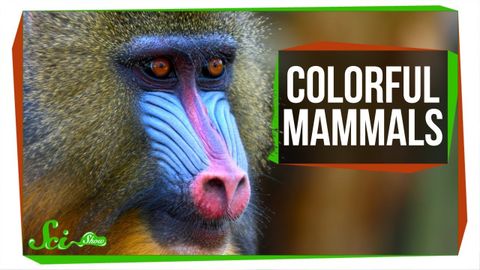
Subtitles & vocabulary
Why Aren't Mammals More Colorful?
00
joey joey posted on 2021/05/11Save
Video vocabulary
tend
US /tɛnd/
・
UK /tend/
- Intransitive Verb
- To move or act in a certain manner
- Transitive Verb
- To take care of
A2
More evolve
US /ɪˈvɑlv/
・
UK /ɪ'vɒlv/
- Verb (Transitive/Intransitive)
- To develop certain features
- To develop or change slowly over time
B1
More spectrum
US /ˈspɛktrəm/
・
UK /'spektrəm/
- Noun
- The wavelengths of colors from red to violet
- a range of different positions, opinions, etc. between two extreme points
B1
More capacity
US /kəˈpæsɪti/
・
UK /kə'pæsətɪ/
- Noun (Countable/Uncountable)
- Ability to hold, involve or contain (e.g. liquids)
- Largest amount of something that can be produced
B1
More Use Energy
Unlock All Vocabulary
Unlock pronunciation, explanations, and filters
